 |
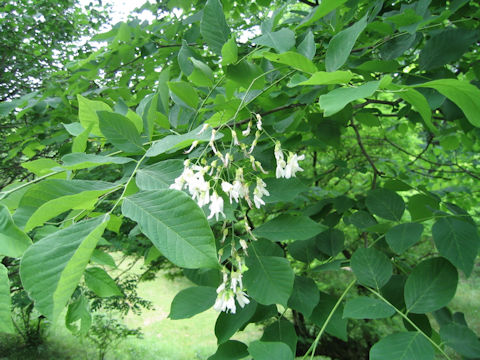

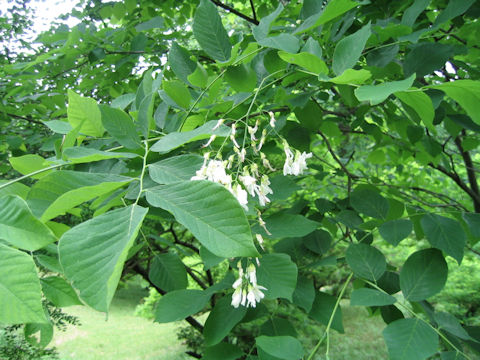

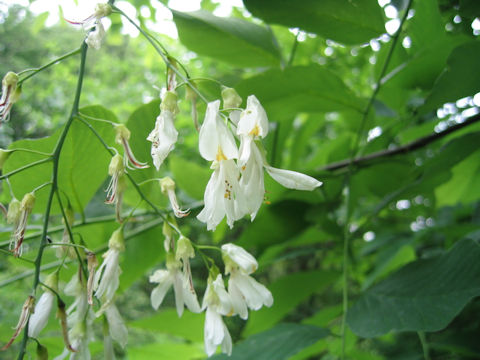

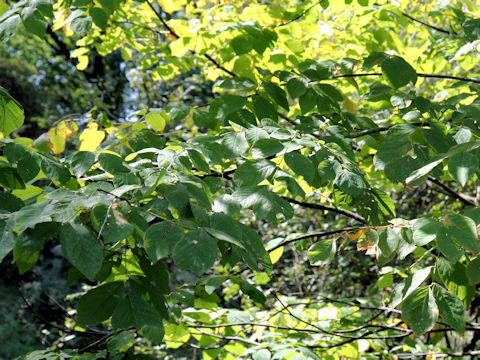

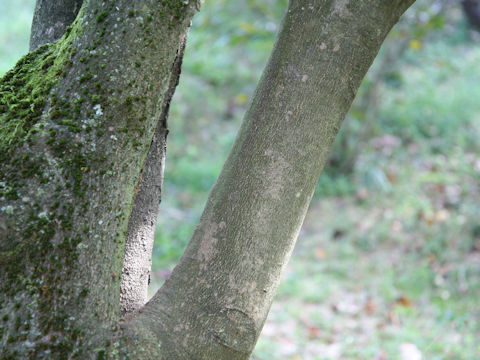

|

|
北アメリカが原産です。高さは10〜15メートルほどで、低い枝が伸びて広がった樹冠となります。奇数羽状複葉で、小葉は7〜9個あります。5月から6月ごろ、枝先に円錐花序を下垂させ、芳香のある白い花を咲かせます。秋には、鮮やかに黄葉します。わが国にも「ゆくのき」は自生していますが、この名前は秩父地方の方言で、花の白さを喩えた「雪の木」からの転訛だそうです。
|

|
マメ科フジキ属の落葉高木で、学名は Cladrastis lutea。英名は Yellowwood、American yellowwood。
|

|
The Yellowwood (Cladrastis lutea) belongs to Fabaceae (the Pea family). It is a tall deciduous tree that is native to North America. It is 10 to 15 m tall, with a spreading canopy of low branches. It has odd pinnate compound leaves with 7 to 9 leaflets. It produces fragrant white flowers in drooping panicles at the ends of its branches from May to June. The leaves turn bright yellow in fall. The "Yuku-no-ki" tree grows wild in Japan, too, the Japanese name is said to be a corruption of "yuki-no-ki" (tree of snow), a dialect word from the Chichibu region that refers to the whiteness of the blossoms.
|

|
[上・中1〜2] 大阪府交野市「大阪市大付属植物園」にて、2004年05月15日撮影。
[中3・下] 同上にて、2006年10月31日撮影。
|






